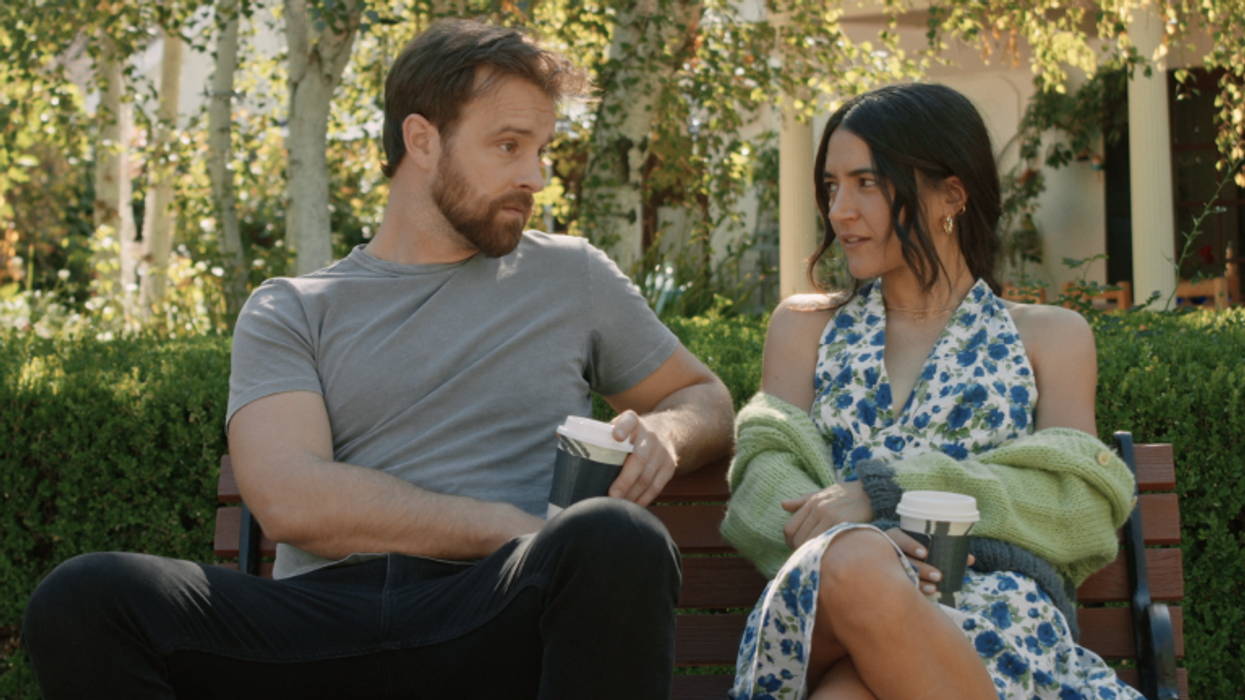Richard Davies is a podcast consultant, host and solutions journalist at daviescontent.com. He co-hosts the podcasts “How Do We Fix It?” and “Let’s Find Common Ground."
Even the makers of “Top Gun: Maverick” were surprised by its stunning ticket sales.
In a quarterly report to shareholders last week, Paramount Global said the blockbuster movie was responsible for a bump in corporate profits — bringing in more than $1.3 billion in global box office revenue. That’s more than “Titanic.” The second chapter of “Top Gun” is the studio’s biggest U.S. movie of all time.
Audiences young and old, urban and rural, liberal and conservative actually actually got up off their sofas and bought tickets to see a movie. Together.
Such a shared experience is a rare thing in our modern stay-at-home, remote working, siloed Covid world.
One reason for the success of “Top Gun”? We were treated to 2 hours and 11 minutes of feel-good fun with no strings attached. People like that. The absence of overt, cause-related commentary was noticeable after years of none-too-subtle social and political messaging, even in many action and superhero films.
As author and journalist Matt Taibbi wrote in his recent Substack column: “We’re nearly a decade into a crippling fun shortage. We have complexes about every holiday from Christmas to Thanksgiving to the Fourth of July.”
The exhausted majority of moviegoers can be excused for flocking to a traditional rock ’em, sock ’em roller coaster ride of a movie that celebrated teamwork by a group of skilled military men and women who believe in flag and country.
Sounds kind of corny corny, right? And yet the popularity of tried and true nostalgia is surprisingly widespread, even among Millennials and Generation Z audiences.
Music makers and radio programmers know this all too well. “Old songs now represent 70% of the U.S. music market,” wrote Ted Gioia in The Atlantic earlier this year. “The new-music market is actually shrinking. All the growth in the market is coming from old songs.”
Classic rock songs first recorded four or five decades ago continue to be a popular draw for many people who weren’t yet alive when the hits were first released.
“I firmly believe the rush to nostalgia accelerated during Covid,” says radio consultant Fred Jacobs. “People found their comfort in the familiar and the comfortable, whether it was watching ‘Raiders of the Lost Ark’ or listening to ‘Dark Side of the Moon.’”
No one could accuse “Top Gun: Maverick” of being art or especially innovative. Don’t expect any Oscar nods in 2023 for Tom Cruise or other members of the cast. But the film’s raging success may pack a powerful punch for Hollywood and the world beyond.
Common-ground, optimistic, traditional storytelling has an audience. Most of us, whatever our political beliefs, often prefer simple entertainment to preachy, and somewhat tortured, social commentary. And this has special resonance when we are frequently told that our nation is bitterly divided.
Humor and enjoyment may play a much bigger role in the social life of our nation than we may realize. And we need it now more than ever.
Part of the reason why America “won’ the Cold War in the 1980’ was that blue jeans, rock ’n’ roll, movies and TV were way cooler than the hammer and sickle, Soviet tanks, and Marxist dictatorship of the proletariat.
So thank you, Tom Cruise. You are helping to remind us again that popular culture can do what Congress, the Supreme Court and the mainstream media do not: Bring us together.






















